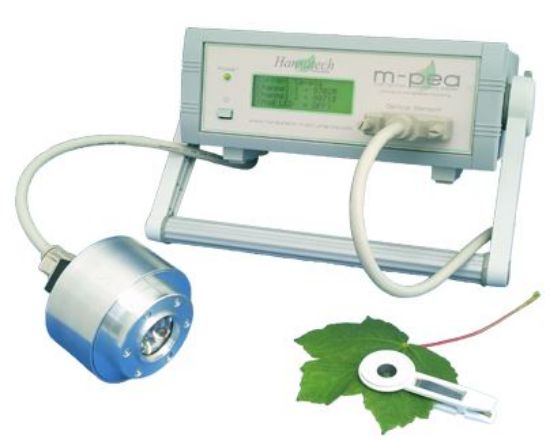The Hansatech MPEA-1 is a multifunction fluorescence system designed for advanced research into plant photosynthesis and related fluorescence parameters. Engineered with precision and adaptability in mind, the MPEA-1 enables users to measure a broad range of fluorescence signals including prompt fluorescence (PF), modulated fluorescence (MF), delayed fluorescence (DF), and induction curves with high temporal resolution. Ideal for laboratory and field-based research, this compact system offers integrated data acquisition and analysis software for streamlined workflows.
Product Features
- Brand: Hansatech
- Model: MPEA-1
- Measurement Capabilities: Prompt, modulated, and delayed fluorescence
- Applications: Plant stress analysis, photosynthesis efficiency studies, fluorescence induction kinetics
- Design: Portable and multifunctional unit for lab and field use
- Software: Integrated with user-friendly fluorescence data analysis software
Benefits
- All-in-one system for multiple fluorescence measurement modes
- High temporal resolution for detailed fluorescence kinetics
- Supports real-time data acquisition and graphical display
- Suitable for teaching, research, and advanced plant physiology studies
Why Choose the Hansatech MPEA-1?
The Hansatech MPEA-1 delivers versatility and accuracy in one compact platform, empowering researchers to explore a wide range of photosynthetic parameters. Its multifunctional capability, robust design, and intuitive software make it an essential tool for plant science laboratories, crop monitoring studies, and academic research programs.

